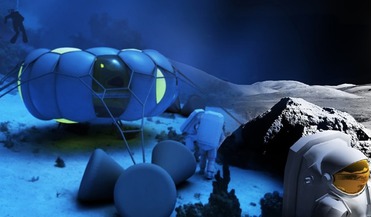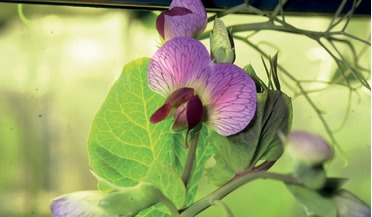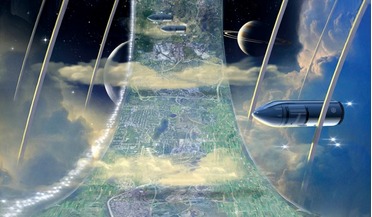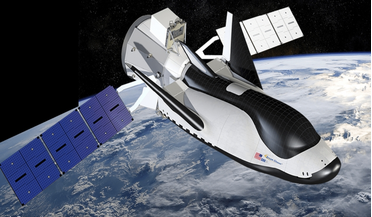 February 2016
Shifting Space Perspectives: Artistic Research as Connective Research Area
February 2016
Shifting Space Perspectives: Artistic Research as Connective Research Area
... material is subsequently taken up by the metabolic system of the algae bioreactor, which transforms CO2 into O2 and generates biomass. The European MELISSA life support system and the concept for the space simulation habitat Medusa...
 May 2017
Growing plants without gravity
May 2017
Growing plants without gravity
... microorganisms on mizuna leaves in spaceflight and analysis of the dietary characteristics showed that space-grown mizuna biomass conforms to food safety and nutritional content standards. Increases in the T-value, an index of overall air impurity...
 October 2017
Colouring our view of the oceans
October 2017
Colouring our view of the oceans
... conditions, phytoplankton are vital to all aquatic life. Intrinsically, phytoplankton are primary producers, since they create biomass from inorganic compounds. They are the foundation of food webs, nourishing all life from microscopic animal...
 February 2019
A universal spaceship design concept
February 2019
A universal spaceship design concept
... in segment 5. The available gravity enables a variety of life support components: hydroponic planting, nutrient solution channels, biomass fermentation and abrasion free hydro-magnetic bearings. All other internal and external components, like...
 January 2020
Rule of law vital for humanity’s sustainability and survival
January 2020
Rule of law vital for humanity’s sustainability and survival
... United Nations Global Assessment Report on Biodiversity and Ecosystem Services, released in March 2019, states that “the biomass of wild mammals has fallen by 82 percent; natural ecosystems have lost about half their area and a million...
 July 2020
Key technologies for space exploration
July 2020
Key technologies for space exploration
... and liquid systems, to precise levels, allowing scientists to study plant growth in a microgravity environment. This system, the Biomass Production System (BPS), deployed onboard the Space Shuttle and then the International Space Station, provided...